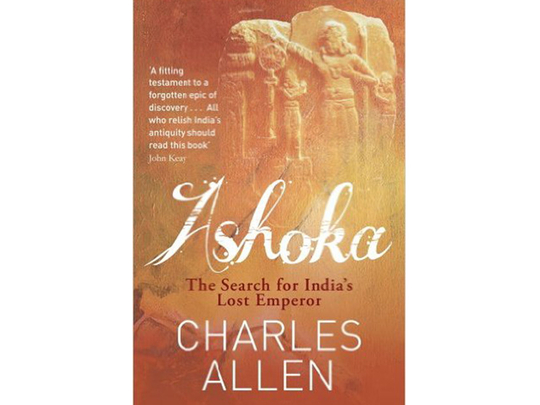
Ashoka. Perhaps the greatest of all emperors in ancient India. Some 2,250 years ago, the third king of India’s Mauryan dynasty ruled over the largest empire pre-Mughal India has ever known, was the first person to establish the rudiments of a welfare state and transformed Buddhism from a minor sect to a major world religion, the effects of which are still visible today across south and east Asia.
Most important, Ashoka was the first king in human history who set out to rule by moral force alone, laying the path for Gandhi some two millennia later.
However, it is hardly known today that soon after his death, and the subsequent revival of the orthodox Hindu empires, this greatest of Indian emperors was all but forgotten through the ages. All that remained was a cursory reference in the Puranas, the ancient Hindu genealogical texts, and his message of peace, love and universal brotherhood in the form of inscriptions on pillars and rock edicts.
The pillars themselves were referred to by future generations, till their actual significance was realised, as Bhim ka Lath (the staff of Bhim, the second of the mythical Pandava brothers of the Mahabharata epic).
But, no one was able to read them as the script, Brahmi, was also lost in time. It is only in the 18th and 19th centuries that a group of European Indologists, prominent among whom were Sir William Jones, Sir Alexander Cunningham, Vincent Smith and others, pieced together the fragments from the past, deciphered the Brahmi script and gave us the first glimpse into the life of ancient India’s greatest emperor.
Charles Allen’s ‘Ashoka: The search for India’s Lost Emperor’, retraces the steps taken by these Oriental scholars and the journey of discovery which led to these momentous findings. While the book deals with archaeology, it is stunningly written almost as a mystery thriller, detailing the process by which the Indologists pieced together, over the course of more than a hundred years, the parts of the puzzle that was fragmented through the ages.
“The first generation of Orientalists in India … were very few in number, had no idea what they were looking for and had very few tools other than their enthusiasm — and the driving force of reason. But there were clues, scattered like pieces of jigsaw far and wide across the Indian landscape, and it was by finding these clues … that these enthusiasts reconstructed India’s pre-Islamic history,” Allen writes.
For anyone interested in ancient Indian history, Allen’s Ashoka is a must-read to understand how Hindu revivalism worked to undo the emperor’s legacy — a fitting reminder perhaps in the current debate of intolerance in the country.








